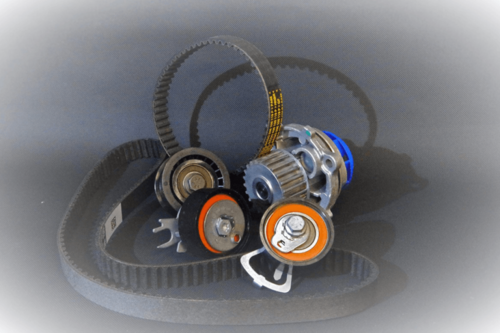
San Jose residents love their cars, and they rely on reliable transportation to get around and enjoy the region. As a San Jose area driver, you work hard to protect the vehicle you drive, and you make sure that the maintenance schedule is followed to the letter.
You change the oil at the recommended intervals, typically every 3,000 to 5,000 miles. You make sure the tires are rotated at every other oil change, and you have already flushed the oil fluid from the transmission and installed brand new fluid and a fresh new filter in its place. But have you really done all you can to keep your car on the road and avoid an unexpected breakdown in the future? If you have not addressed your timing belt issue, you could be driving on borrowed time.
What is the Timing Belt?
The timing belt is an integral part of the internal combustion engine, and a vital component. The timing belt's job is to synchronize the rotation of the crankshaft and the camshaft, allowing the valves in the engine to open and close when they should.
When the timing belt breaks, those valves cannot operate the way they should, and that failure could result in serious damage to your vehicle's engine. You probably already know that engine repair can be extremely expensive – far more than the cost of a new timing belt.
How Do I Know If I Need a New Timing Belt?
In years past, San Jose area drivers often knew it was time for a new timing belt because they recognized the symptoms. Back then, the timing belt might slip, or the engine might run rougher than it used to. When that happened, drivers knew it was time for a new timing belt, and they made an appointment with their favorite mechanics.
Unfortunately, these telltale symptoms are often absent on modern vehicles. It is not unusual for a timing belt to fail out of the blue, leaving the unlucky driver with a damaged engine and a big repair bill.
Since there is no real way to know if your timing belt is ready to break, it is best to replace it on a set schedule. You can start by checking the owner's manual you received when you bought your vehicle – look for the timing belt replacement schedule and schedule your service accordingly.
If you do not know when your timing belt should be replaced, you can work with your mechanic to determine the best schedule. The last thing you want is to have your timing belt break and leave you stranded, and the cost of a new timing belt is a small fraction of the price of a new engine.
Call Dhillon Motorsports, formerly known as Smog Man San Jose for an appointment today!